DISCLAIMER: The knitting world is wide and varied. Although we have taken care to represent a large variety of stitches, the author and publisher cannot guarantee this guide addresses every possible stitch worldwide. Copyright 2007 by Quirk Productions, Inc. All rights reserved. No part of this book may be reproduced in any form without written permission from the publisher. Library of Congress Cataloging in Publication Number: 2007929865 eBook ISBN: 978-1-59474-842-4
Trade Paperback ISBN: 978-1-59474-158-6 Designed by Karen Onorato
Iconography by Karen Onorato
Edited by Kevin Kosbab All photographs copyright 2007 by Quirk Productions, Inc.
Quirk Books
215 Church Street
Philadelphia, PA 19106
quirkbooks.com v3.1
Introduction
Stitch dictionaries can be sources of both inspiration and frustration. Flipping through large, glossy pages and gazing at lovely pictures of swatches can set your imagination in motion. But when it comes time to plan a project, real questions remain: How would this stitch work in a sweater? How much yarn will you need? And, perhaps most important, can you watch TV while knitting a particular stitch, or do you have to pay attention? Most stitch dictionaries leave you to figure out the answers for yourselfusually the hard way, after a sweater doesnt hold its shape, you run out of yarn, or the pattern is an endless challenge. Field Guide to Knitting provides the inspiration without the frustration. In the pages that follow you will find the types of history and tips youd learn by the side of a trusted friend and experienced knitter. This easy-to-carry book contains instructions for each stitch pattern along with such valuable information as the characteristics of the fabric it creates (Will it stretch? How will it drape? Does it lie flat? Will it distort?); the amount of yarn it will consume; the history and background of the stitch; and ideas for how each might be used.
A small army of swatchers (made up of experienced hobby knitters, not professional experts) test-knitted each pattern to ensure clarity and to work through the sorts of questions any knitter might encounter. Color photographs of each swatch, great for pre-cast-on browsing, can be found in the glossy middle section. Be sure to keep this handy reference in your knitting bag, so youre always ready for trips to the yarn store or excursions to the fiber festival. My suggestions for pattern use are just thatsuggestions. They should motivate you to invent better ideas and uses. I hope this book will inspire fearless, adventurous knitting.
Countless wonderful projects are out there, just waiting for a knitter like you to think them up.
Notes on Using This Book
YARN CONSUMPTION
The amount of yarn necessary to knit a given stitch pattern depends primarily on gauge, and as any knitter knows, gauge is a fickle creature, difficult to predict and prone to variations. The yarn consumption guidelines given in this book assume that the factors determining gaugeyarn type, needle size, tension, and so onare constant. As much as possible, the sample swatches in the color plates were knit using the same type of yarn and the same size needles over roughly the same area of fabric. However, this was not always possible. Some stitch patterns use a specific number of stitches within a repeat, which doesnt always measure up to the standard swatch size.
Moreover, most lace patterns do not lend themselves to the same worsted-weight yarns used for the other patterns, so lace swatches have been knit using a lighter-weight silk-blend yarn. Such differences have been factored into the yarn consumption notes, and any exceptions specific to a stitch pattern have been noted. In general, the text will use the following standard to indicate the amount of yarn consumed by a stitch pattern relative to standard stockinette stitch knit using the same needles and yarn over the same area. (Stockinette is also the benchmark for other characteristics, such as drape and elasticity.)  : These stitches patterns exemplify efficient yarn use, and they can generate vast swaths of fabric with a surprisingly small amount of yarn. Generally, these stitch patterns require significantly less yarn than it would take to knit standard stockinette using the same needles and yarn over the same area.
: These stitches patterns exemplify efficient yarn use, and they can generate vast swaths of fabric with a surprisingly small amount of yarn. Generally, these stitch patterns require significantly less yarn than it would take to knit standard stockinette using the same needles and yarn over the same area. 
 : These are the economy-grade stitch patterns.
: These are the economy-grade stitch patterns.
They require less yarn than standard stockinette using the same needles and yarn over the same area, producing a fair amount of fabric with a less-than-average amount of yarn. 

 : These stitch patterns require approximately the same amount of yarn as standard stockinette using the same needles and yarn over the same area.
: These stitch patterns require approximately the same amount of yarn as standard stockinette using the same needles and yarn over the same area. 


 : These are hungry stitch patterns. They require a noticeable amount of yarn beyond what is consumed for standard stockinette using the same needles and yarn over the same area. Plan accordingly.
: These are hungry stitch patterns. They require a noticeable amount of yarn beyond what is consumed for standard stockinette using the same needles and yarn over the same area. Plan accordingly. 





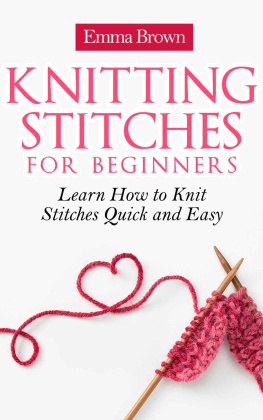

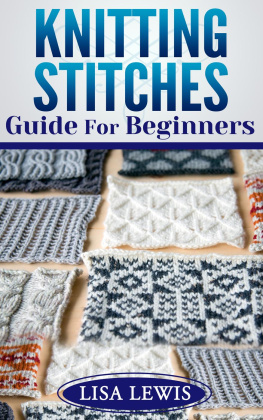
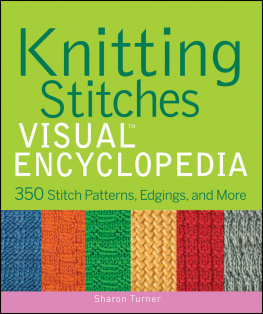
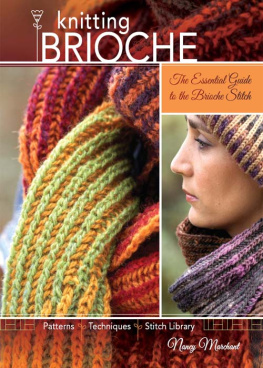


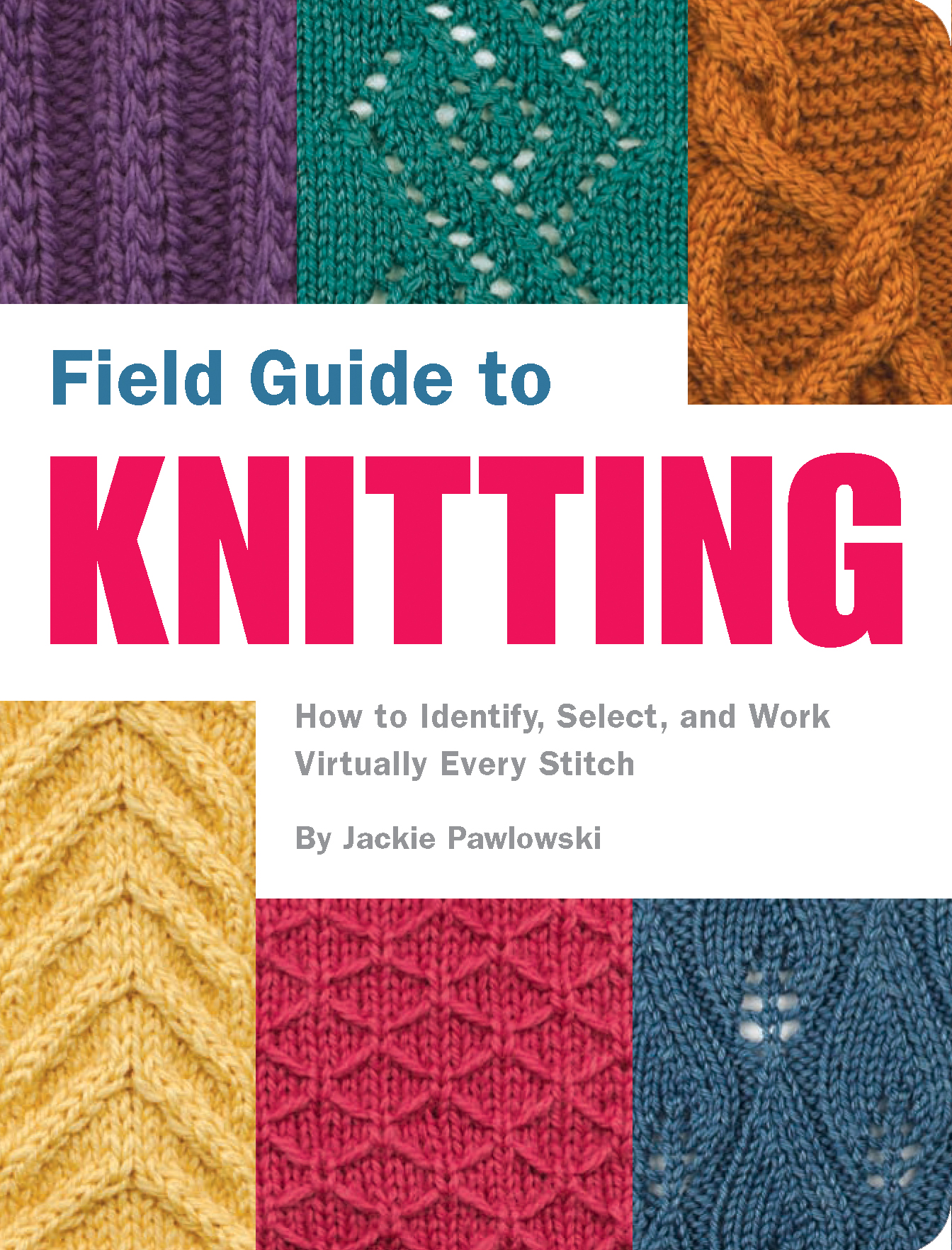
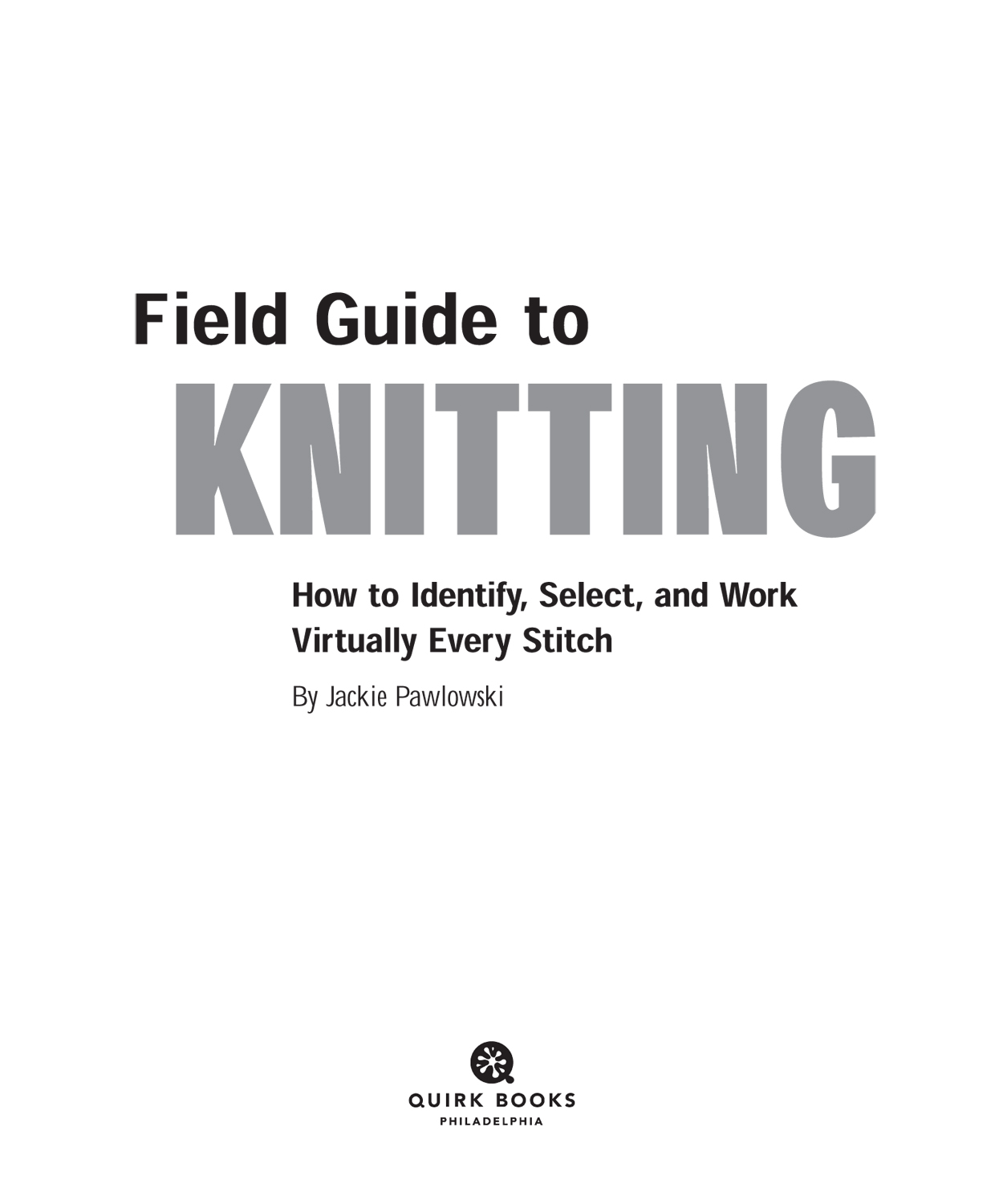
 : These stitches patterns exemplify efficient yarn use, and they can generate vast swaths of fabric with a surprisingly small amount of yarn. Generally, these stitch patterns require significantly less yarn than it would take to knit standard stockinette using the same needles and yarn over the same area.
: These stitches patterns exemplify efficient yarn use, and they can generate vast swaths of fabric with a surprisingly small amount of yarn. Generally, these stitch patterns require significantly less yarn than it would take to knit standard stockinette using the same needles and yarn over the same area.